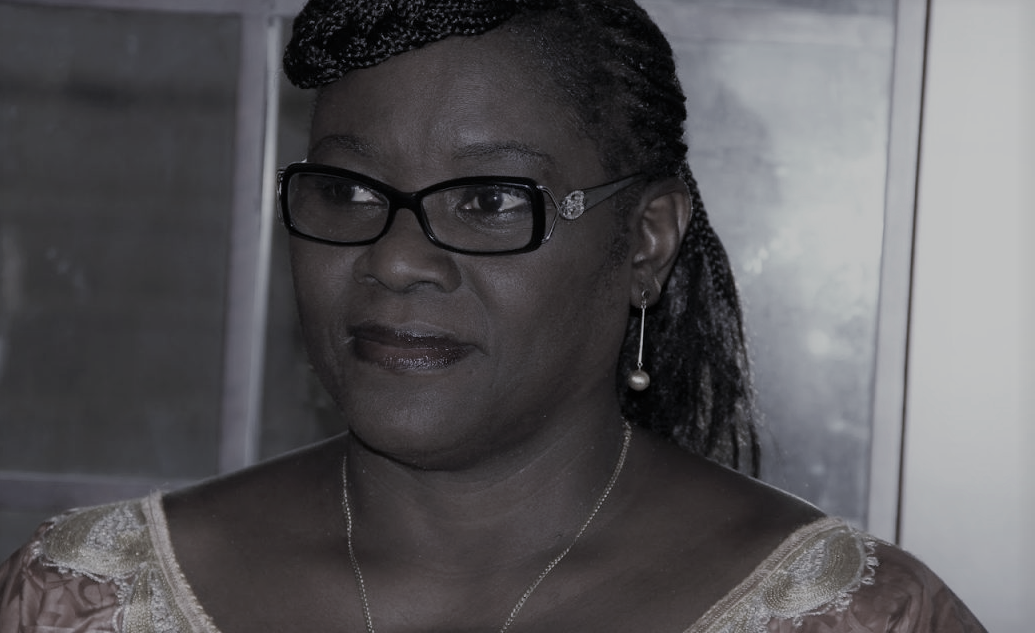The symbolization of sites of memory in Naquela Noite, a short story by the guinean writer Odete Semedo
Main Article Content
Abstract
The present work approaches the way Odete Semedo, in her literary text and specifically in the short story Naquela Noite, uses strategies which can be considered as a possible symbolization of “sites of memory”. Such strategies reinforce resistance mechanisms and indicate ways of survival to go through difficult periods in the troubled space of Guinea-Bissau. The discussion that is now underway intends to endorse part of the thought of Amílcar Cabral, the most expressive revolutionary leader on the Guinean ground, in which the greater meaning of his people’s struggle for independence is clarified. Cabral’s lucid perception seems to be the same that can be seen in the work carried out by Semedo when he enacts, in his literary project, possibilities for the Guinean people to assume, even with great difficulties, the direction of their destiny. The strategies assumed by the writer configure a literary project of a politicized nature. This work, fueled by these reflections, can verticalize the discussion by focusing on the symbolization of “sites of memory” in Semedo’s text, emphasizing, in the enunciation of it, its performativity as a beacon of resistance and an input for survival to overcome the harshness of current times of Guinea-Bissau. In Naquela Noite, Semedo’s dexterity is proven by her skill of handling the concomitance of divergent times and spaces, as well as the remains of traditions threatened with extinction due to the acceleration of history.
(Image Recanto do Poeta)
Downloads
Article Details

This work is licensed under a Creative Commons Attribution 4.0 International License.
References
ACHUGAR, H. O lugar da memória: a propósito de monumentos (motivos e parênteses). In: ______. Planetas sem boca: escritos efêmeros sobre arte, cultura e literatura. Tradução de Lyslei Nascimento. Belo Horizonte: UFMG, 2006. p. 167-184.
CABRAL, A. A arma da teoria: unidade e luta. Praia: Fundação Amílcar Cabral, 2013. 299 p. (Obras escolhidas de Amílcar Cabral, 1).
_______. A prática revolucionária: unidade e luta. Praia: Fundação Amílcar Cabral, 2013. 266 p. (Obras escolhidas de Amílcar Cabral, 2).
_______. Colonização e religião: da primeira evangelização à colonização dos povos da Guiné. Soronda – Revista de Estudos Guineenses, n. 5, jan. 1988.
FONSECA, M.N.S. Percursos da memória em textos das literaturas africanas de língua portuguesa. Gragoatá: Revista do Instituto de Letras, Niterói, n. 19, p. 45-63, 2. sem. 2005.
_______. Percursos da memória em textos das literaturas africanas de língua portuguesa. In: ______. Literaturas africanas de língua portuguesa: percursos da memória e outros trânsitos. Belo Horizonte: Veredas e Cenários, 2008. p. 73-91.
NORA, P. Entre memória e história: a problemática dos lugares. Tradução de Yara Aun Khoury. Projeto História, São Paulo, n. 10, p. 7-28 dez. 1993.
_______. Les lieux de mémoire. Paris: Gallimard, 1985. 3 v.
SEMEDO, M.O. da C. Em que língua escrever. In: ______. Entre o ser e o amar. Bissau: INEP, 1996. p. 11-13. (Kebur, 3).
_______. Djênia: histórias e passadas que ouvi contar. Bissau: INEP, 2000. 143 p. v. 2.
_______. [Mais] conversa com… Odete Semedo. Boletim + Escola, n. 11, p. 6. maio. 2009.
_______. As mandjuandadi – cantigas de mulher na Guiné-Bissau: da tradição oral à literatura. Orientadora: Maria Nazareth Soares Fonseca. 2010. 415 f. Tese (Doutorado em Letras) – Pontifícia Universidade Católica de Minas Gerais, Programa de Pós-graduação em Letras, Belo Horizonte, 2010.
_______. Entrevista, em 10 de março de 2010, concedida à Maria Coelho e Vera Sales. In: FERREIRA, V.L. da S.S. Lembrar e carpir: estratégias de construção de poemas escritos por mulheres nas literaturas africanas de língua portuguesa. Orientadora: Maria Nazareth Soares Fonseca. 2011. 215 f. Tese (Doutorado em Letras) – Pontifícia Universidade Católica de Minas Gerais, Belo Horizonte, 2011.
_______. Guiné Bissau: histórias, culturas, sociedades e literatura. Belo Horizonte: Nandyala, 2011. 132 p.
_______. No fundo do canto. Belo Horizonte: Nandyala, 2007. 198 p.
_______. Sonéá: histórias e passadas que ouvi contar. Bissau: INEP, 2000. 153 p. v. 1.
TODOROV, T. A conservação do passado. In: ______. Memória do mal tentação do bem: reflexões sobre o século XX. Tradução de Joana Angélica D’Avila. São Paulo: Arx, 2002. p. 133-171.

